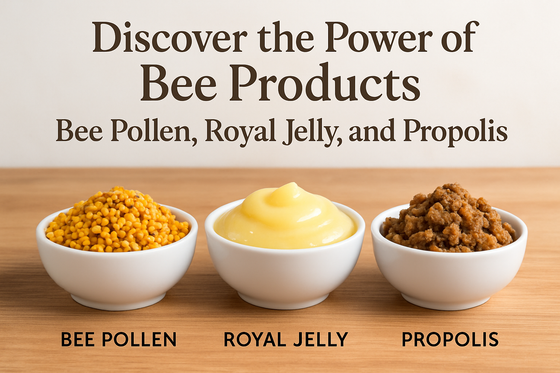
With Halloween right around the corner, I thought it would be fitting to share a recipe for a sweet treat that is sure to please ghouls and goblins young and old. Our variation of the traditional caramel apple uses cream and honey - of course! Fun to make with kids, and (bonus) you can feel good about serving a treat with ingredients that you can pronounce!
1) Whisk honey, cream, butter and salt in a saucepan over medium-high heat until it begins to bubble, then immediately reduce the heat to medium.
2) Continue to whisk the caramel frequently to prevent scorching and to prevent it from bubbling up and out of of your saucepan. Continue to cook until the caramel reaches a temperature of 260 F (about 25 minutes)
3) While your caramel is cooking: Spear each apple with a dowel rod and prepare an ice bath. Once the caramel has finished cooking, pour it into a mixing bowl and place the bowl in the ice, making sure not to splash water into the hot caramel. Stir the caramel until it has cooled and it begins to thicken just a bit.
4) Dip the prepared apples in the caramel, and roll them in the pecans if using and place them on a piece of parchment paper to cool completely before serving.
This caramel also works well as a dip for fruit, pretzels, chocolate or cookies. Definitely worth indulging in at least once this season!
📸: Serious Eats
Comments will be approved before showing up.

Propolis is a resinous mixture produced by honey bees when they collect sap from trees and mix it with beeswax and enzymes. The result: nature’s own protective compound, used by bees to seal their hive and guard against bacteria, fungi, and weather.
Because of its rich composition of polyphenols, flavonoids, and antimicrobial compounds, propolis is now valued as a “bee-made immunity booster” and “ wellness ally.” PMC+2PMC+2

Let’s get real about honey bees for a second: These little guys are basically the world’s MVPs. You think they buzz around making honey for your toast? Bees: The Real Foodies’ Wingmen, Here’s the serious bit: When bees start dropping off, it’s a big red flag for the environment. They’re like those canaries in the coal mine—if they’re not okay, odds are, we’re messing something up (pesticides, climate, you know the drill). Saving the bees isn’t just about saving honey; it’s about keeping our own butts.

Bee Pollen vs. Royal Jelly vs. Propolis: There are numerous bee products available, so let’s take a moment to examine the differences between bee pollen, royal jelly, and propolis.
Bee products have been revered for thousands of years, trans-culturally, for nourishment, healing, and well-being. Today, they are being rediscovered as natural superfoods. Three of the most popular treasures of the hive are bee pollen, royal jelly, and propolis. They’re often combined, but each is also quite distinct in its origins, components and health benefits. Appreciating these differences can help you make the most of what nature’s hardest workers offer.